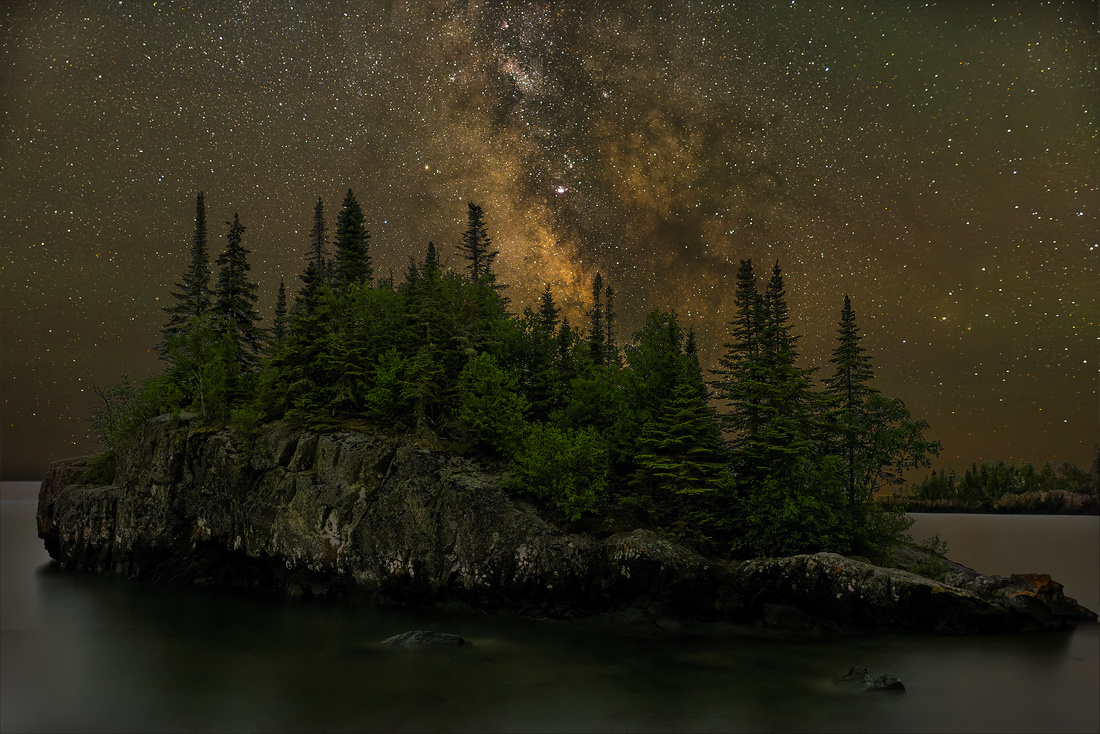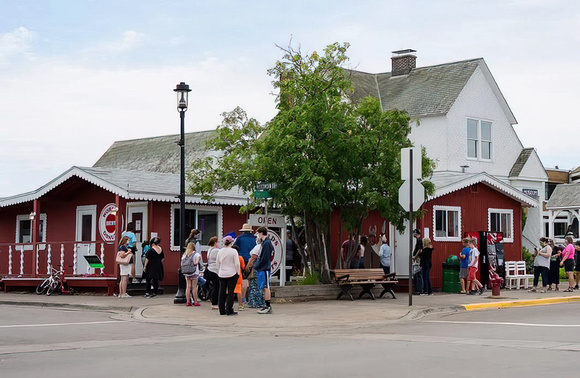Home of Heavenly Skies and the Best Donuts


Home of Heavenly Skies and the Best Donuts
Seeing the Milky Way is always thrilling to me. In fact, I drove 9½ hours to Grand Marais, Minnesota last July just to experience and photograph our galactic home.
But if you’ve never seen the Milky Way, you’re not alone.
This river of stars once dominated the heavens and human imagination for millions of years. But now, it’s merely a fading memory to one-third of humanity and 80 percent of Americans. The reason? Light pollution.
And Wait; There’s More!
Grand Marias is also the home to World’s Best Donuts. Ranked #2 by Travel Advisor out of 26 restaurants in town, it’s a must-stop destination for every donut lover. Between the night sky and the donuts, it’s downright “heavenly” being there!




The Great Rift
Once you drive a few miles out of town, the sky is truly dark. Looking up, you’ll see that famous river of stars arcing 180 degrees across the night sky.
But what should be an unbroken river of stars is split down the middle by a dark lane known as the Great Rift. You can see part of the Great Rift in my photograph of the Milky Way core rising over a small island near Horseshoe Bay in Lake Superior outside Grand Marias.
The Great Rift is dark because starlight is being blocked by interstellar dust. But it’s not the dust you think of around the house. This dust comes from dead stars.
Incredibly tiny grains of silicates, iron, and/or carbon are blown into space when a sun dies. The grains then accumulate hydrogen, oxygen, and nitrogen forming an icy mantle of water ice, methane, carbon monoxide, and ammonia.
Interstellar dust is the size of a mere particle of smoke. And there’s only one interstellar dust particle per million cubic meters of space. That’s the equivalent of a few dust motes floating around the entire 107,544-seat Ohio Stadium.
Over the incomprehensible distances in our galaxy, there’s enough dust to block the light from the stars in the middle of the Milky Way.
"…all are of the dust, and all turn to dust again." Ecclesiastes 3
As I appreciated the Great Rift that July evening, I was reminded that our Sun, Earth, and entire Solar System were formed from that dust 4.5 billion years ago. And in another 5 billion years or so, our Sun will die giving rise to countless particles of interstellar dust to begin the process anew.
Thanks for looking,
Chuck Derus